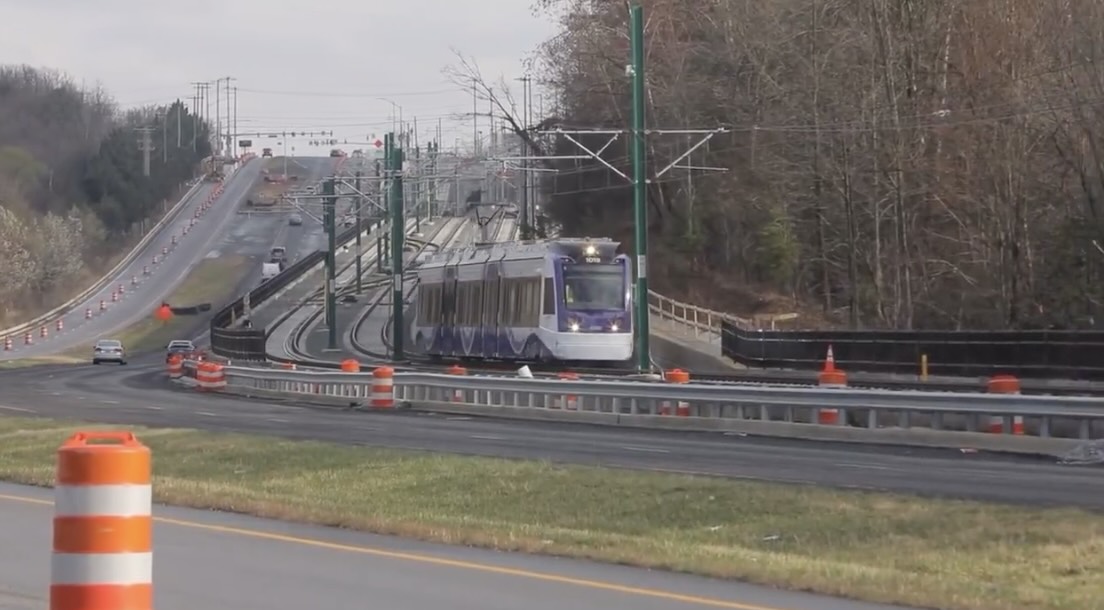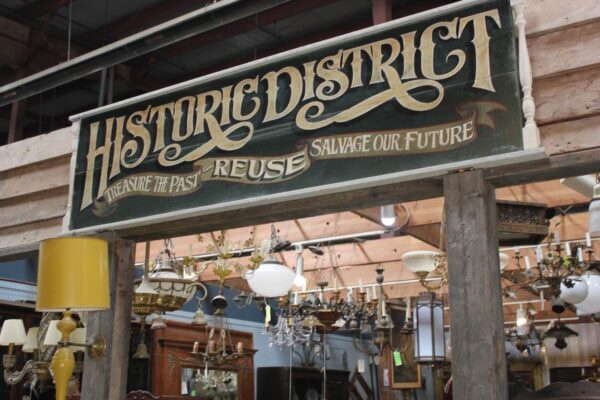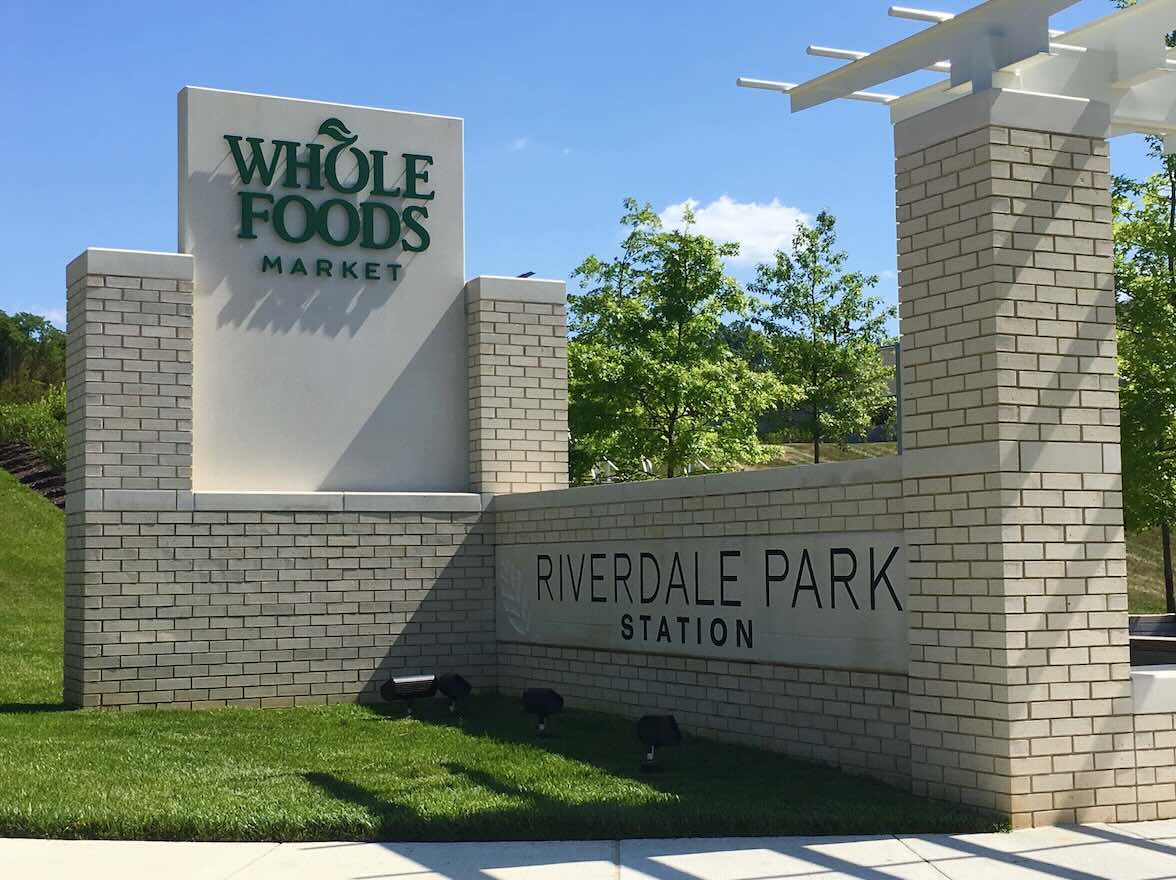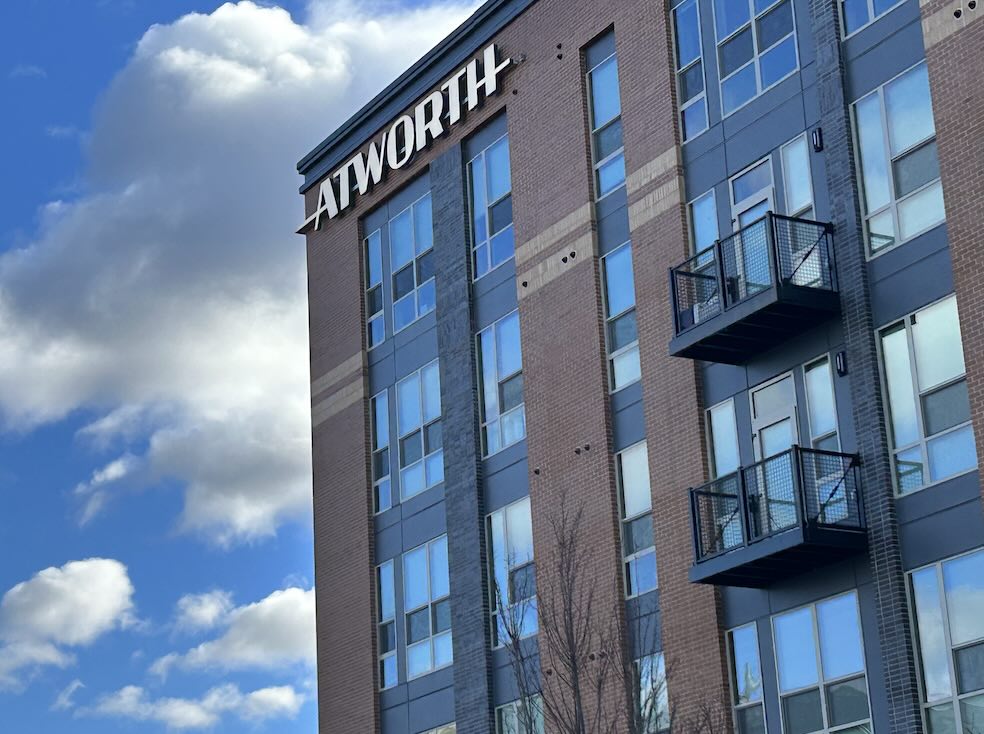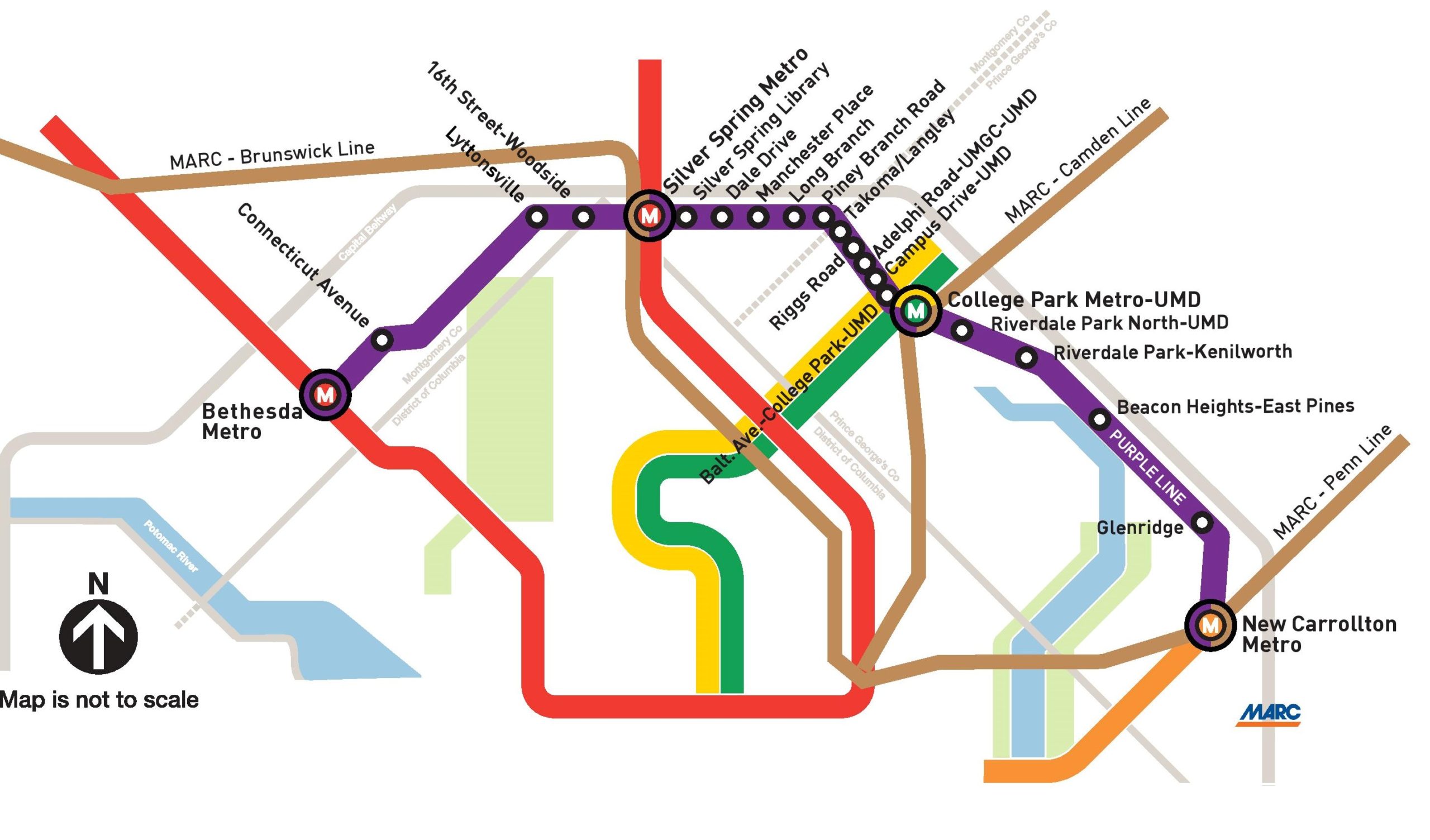
The Purple Line is once again in trouble, as the consortium of companies overseeing construction have threatened to pull out of the deal.
The companies in the Purple Line Transit Partners group are asking the state of Maryland to cough up an additional $755 million for cost overruns and delays on the $2 billion project or they will walk, leaving the project only 40 percent complete.
There are a number of reasons why the most likely outcome is some kind of deal.
For one thing, Gov. Larry Hogan staked a lot of political capital on the project, and as a developer he knows how the ripped up roads and partially completed bridges would hurt property values in the suburbs that were key to his win.
For another, the consortium gave signals that it wants to reach a deal, saying it was “encouraged” by recent discussions and views a deal as the “best interests” of all involved. The two sides have until Aug. 20 to reach a deal.
“The Hogan administration, the concessionaire, and key state, county, and local leaders are all agreed on their confidence in the Purple Line and of the importance of completing it in a timely manner,” noted Greg Sanders, vice president of Purple Line NOW, which advocates for the project.
The numbers involved in the project seem huge, so it might be helpful to compare them to other transit projects around the country.
One way to measure that is cost-per-mile, which in the United States tends to be quite high. This list of recent projects from San Francisco to Boston ranged from $170 million per mile on the low end to $920 million per mile on the high end. That’s much higher than Europe, where transit projects tend to cost between $40 and $100 million per mile.
So how does the Purple Line stack up? At $2 billion for 16 miles, that’s $125 million per mile. At $2.7 billion, it’s closer to $172 million per mile.
Even with the cost overruns, that’s still a really good deal by U.S. standards and not far off from European standards, either.









